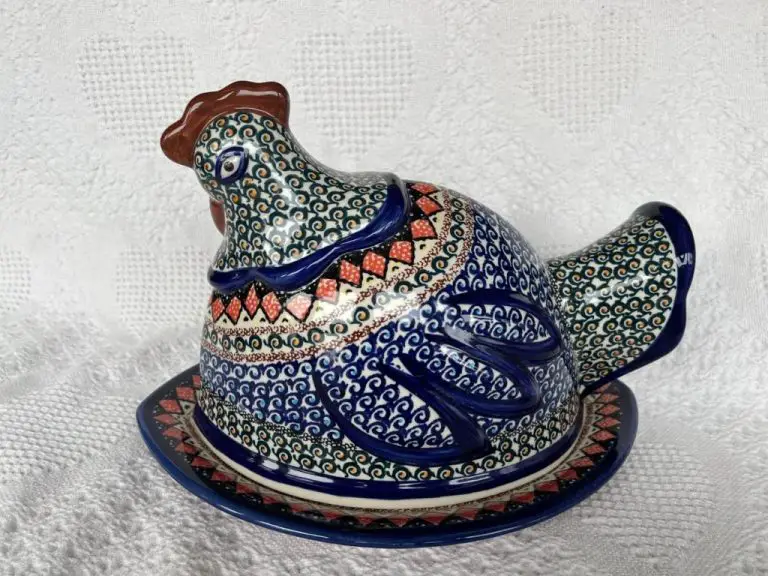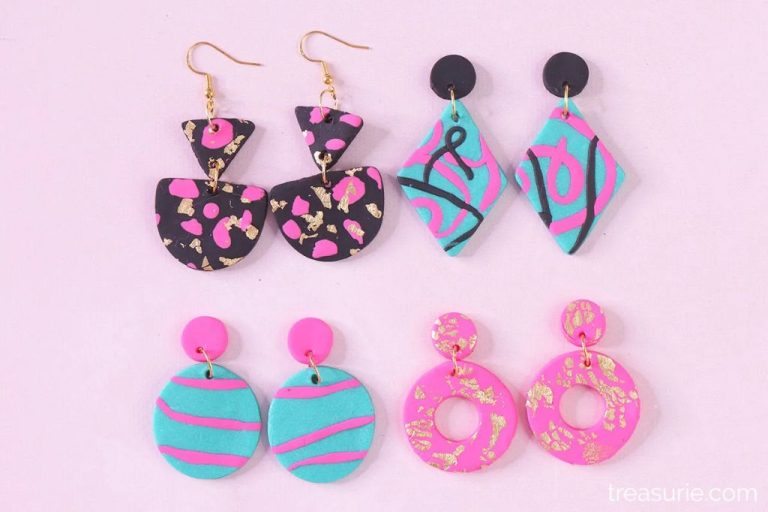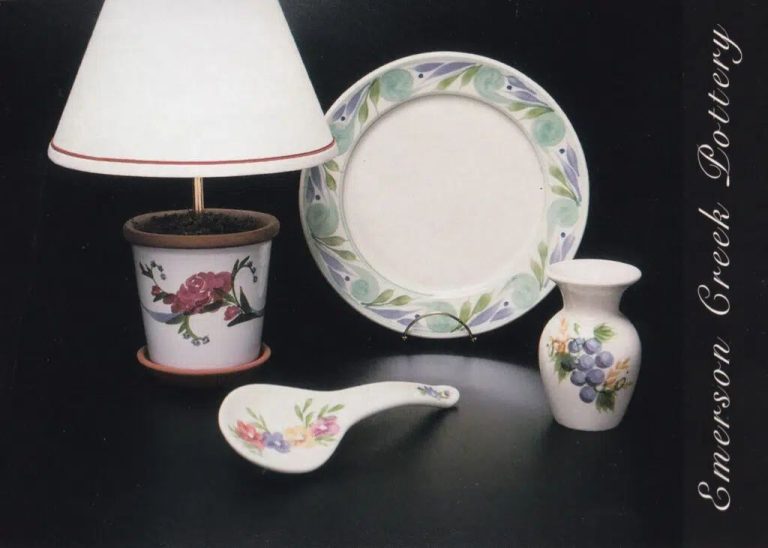Is Selling Polymer Clay Profitable?
Polymer clay is an art medium used for making decorative items like jewelry, figurines, and ornaments. It consists of a synthetic modeling compound made from PVC, plasticizers, and pigments. Polymer clay can be shaped, textured, colored, and baked in a regular oven to harden it into finished pieces. It was formulated in the 1930s for ceramic product prototypes and became popular in the arts and crafts community by the 1960s.
There are many brands of polymer clay, with Sculpey and Fimo being the most widely known. Each brand has slightly different properties when it comes to texture, flexibility, strength, and ease of use. Polymer clay must be conditioned before use, which involves kneading and warming the clay by hand until it becomes soft and malleable. It maintains its shape while raw but permanently hardens into a plastic-like material after baking.
Profitability Factors
The profitability of selling polymer clay depends largely on the popularity and demand for polymer clay items. Polymer clay has surged in popularity in recent years among crafters and hobbyists. The versatility and malleability of polymer clay enables creators to make a wide variety of decorative, jewelry, and sculptural items. As interest in polymer clay arts and crafts continues to grow, so does the potential market of buyers. Active polymer clay communities and groups on social media platforms like Facebook, Instagram, and YouTube also help drive interest in polymer clay creations. This growing demand suggests strong profit potential for those able to tap into the polymer clay audience by making unique, high-quality pieces that capture the current trends and styles that buyers are looking for.
Required Skills
Selling polymer clay requires some key skills in order to create products that will appeal to customers. The most important are artistic ability and creativity.
Working with polymer clay is considered an art form. To be successful selling polymer clay creations, you need strong artistic talent and a creative eye. Sculpting miniature figures, jewelry, decorative items and more from polymer clay involves imagination and skill.
You need to be able to hand-sculpt delicate details and lifelike textures. An artistic flair allows you to make unique pieces that stand out. Creativity enables you to come up with innovative polymer clay designs that will capture buyers’ interest.
Artistic ability and creativity are essential for making marketable polymer clay products. Without these key skills, it will be challenging to make compelling items that will sell well. Nurturing your talents in sculpture and inventive design is important for profiting from polymer clay.
Startup Costs
When starting a polymer clay jewelry business, the startup costs are relatively low compared to other creative ventures. The main costs will be for materials, tools, and workspace setup.
For materials, expect to spend between $100-$300 on an initial inventory of polymer clay, liquid clay, glaze, paints, findings, and other supplies. High quality polymer clay like Sculpey or Fimo ranges from $2-$5 per 2-ounce block. Liquid clay, glaze, acrylic paints, and findings can add another $50-$100.
Basic tools like a work surface, clay roller, cutters, molding tools, and baking equipment may cost around $50-$150 to start. You can find inexpensive clay tools at craft stores or online marketplaces.
The workspace itself can be set up relatively affordably. A basic work table or desk, good lighting, and storage for tools and materials should be adequate when starting out. Dedicated studio space is not essential if you plan to sell online or at markets/fairs.
In total, a new polymer clay artisan can likely get set up with quality supplies for $200-$500. While ongoing material costs will need to be factored in, the startup expenses are very accessible for a small creative business.
Production Time
The amount of time required to produce each polymer clay item varies greatly depending on the complexity and techniques used. Here are some guidelines on production times:
- Simple shapes and items – 30 minutes to 1 hour per piece
- Intricate sculpted items – 2 to 5 hours per piece
- Items with complex techniques like caning – 4 to 8 hours per piece
- Molds can speed up production for multiple pieces, but involve added time upfront for mold creation
With practice, production times can often be reduced, but expect an average of 1-3 hours per unique handmade piece. The time investment required to produce quality polymer clay art is substantial. Crafters must determine if the selling price justifies the time spent per item, while balancing production efficiency.
Pricing Considerations
There are several factors that affect how much polymer clay artists can charge for their creations:
Materials Cost – The cost of polymer clay, tools, paints, glazes, packaging and other materials impacts pricing. Using higher quality brands like Sculpey and clay tools made for polymer clay artists justify higher prices than cheaper materials.
Time Investment – The number of hours spent designing, sculpting, baking, and finishing a polymer clay piece significantly affects pricing. More intricate, complex pieces take much longer and often command higher prices.
Artist Skill Level – An experienced polymer clay artist who has honed their skills over years of practice can rightly charge more than a hobbyist who is just starting out.
Uniqueness – One-of-a-kind polymer clay art and limited editions tend to sell for more than reproductions and mass-produced items.
Demand – Popular polymer clay art that customers eagerly seek out can be priced higher than pieces for niche markets with lower demand.
By considering these key factors, a polymer clay artist can determine fair and profitable pricing for their handcrafted creations.
Sales Channels
When selling polymer clay artwork and crafts, makers have several options for getting their products in front of customers. Three of the most popular sales channels are online shops, craft fairs, and consignment.
Online shops like Etsy allow makers to open their own digital storefront and sell to a broad audience. Listings can include photos, descriptions, and prices of available items. Many polymer clay artists report good success selling through Etsy and other handmade marketplaces. Selling online provides flexibility and enables reaching customers globally.
Local craft fairs and art shows are another venue where polymer clay artists can set up booths and sell wares directly to shoppers. These events draw crowds specifically seeking handmade and unique items. Craft fairs take more effort than online sales, requiring traveling, booth set-up, and interacting with customers. But they provide an opportunity to establish a local customer base.
Consignment in local boutiques is a third option. Here the artist turns over inventory to a brick-and-mortar shop to sell on their behalf, for an agreed upon commission. Consignment expands the retail footprint without the time commitment of staffing a booth. However, the consignment shop takes a percentage of each sale.
In summary, online shops, craft fairs, and consignment each have their own advantages as sales channels for polymer clay artists. Diversifying across these outlets can help maximize profitability.
Marketing
Marketing is crucial for selling polymer clay profitably. With the rise of social media and ecommerce platforms, there are many low-cost ways to promote your polymer clay creations.
Having a strong social media presence on platforms like Instagram, Facebook and TikTok can help drive sales. Post high-quality photos showcasing your pieces and use relevant hashtags to reach potential customers. Run targeted ads to increase visibility. Connect and engage with other polymer clay artists and makers in your niche.
Search engine optimization is also important. Optimize your online shop and website content with relevant keywords so customers can easily find you through search engines like Google. Write blog posts about polymer clay and promote them on social media to boost your site’s SEO.
Product photography is key. Invest in a quality camera and lighting setup to take appealing photos of your creations to use across your marketing channels. Clear, well-lit photos will make your work shine and entice sales.
Financial Viability
The financial viability of selling polymer clay depends on several factors related to income potential and expenses. On the income side, pricing, production time, and sales channels are key considerations. Most polymer clay artists price their work anywhere from $20 for small, simple pieces to $100 or more for large, complex sculptures. Production time ranges from 30 minutes to multiple hours per piece. Faster production with reasonable pricing allows for higher income potential. Selling through online marketplaces like Etsy provides exposure to a large customer base globally, enabling artists to scale up sales. Direct sales at craft fairs and events or through an independent website offer higher profit margins but require more marketing effort. Expenses mainly consist of materials, tools, studio space, and marketing costs. With efficient production methods and sales through the right channels, selling polymer clay can become a financially sustainable art business.
Conclusion
In summary, starting a polymer clay business has the potential to be quite profitable with the right approach. The required skills like sculpture, mold making, and baking can all be learned with practice. The startup costs are relatively low, especially if focusing on handmade creations versus mass production. While the hands-on production time per piece can be intensive, this allows for high quality customizable work. Pricing appropriately for time and quality is essential for profitability. There are many options for selling online, at craft fairs, and in retail outlets. Marketing across various platforms and developing a strong brand and following are key. Overall, a polymer clay business is definitely viable either as side income or a full-time venture with passion, persistence, and smart business practices.






